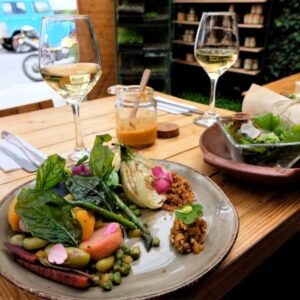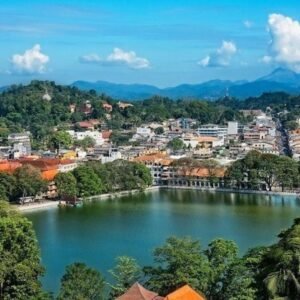By Fathima Rukaiya,
Cultural festivals are not just celebrations; they are immersive experiences that connect people to centuries old traditions, heritage, and vibrant expressions of identity. Whether it’s the rhythmic drumbeats in Africa or a sky full of lanterns in Asia, these festivals give travelers a front row seat to humanity’s most beautiful rituals. Here’s a handpicked list of 7 cultural festivals around the world that every curious soul should experience at least once.
1. Holi – Festival of Colors (India & Nepal)

When: March (Phalguna’s full moon day)
Where: Holi is one of the world’s most joyous and vibrant celebrations, particularly in Mathura, Vrindavan, and Jaipur in India and Nepal. Hindus celebrate Holi by tossing colorful powders, dancing, singing, and indulging in sweets like gujiya and thandai to symbolize the triumph of good over evil and the approach of spring.
As individuals from all walks of life unite in a spirit of joy and forgiving, the festival dissolves social barriers. Visit the cities connected to Lord Krishna, Mathura and Vrindavan, for the most authentic experience.
Travel Tip: Cover your eyes and phone and wear white clothes that you don’t mind getting dirty!
2. Carnival – Rio de Janeiro (Brazil)
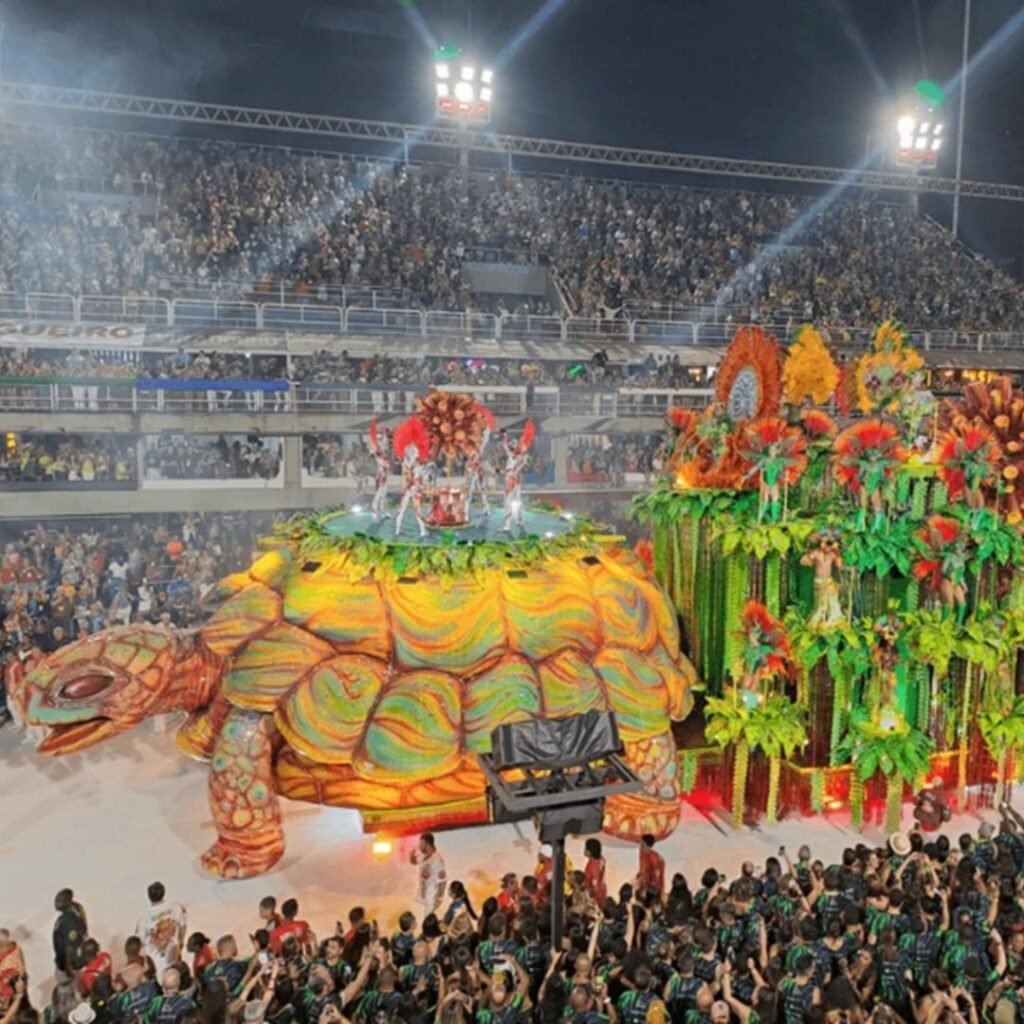
When: Prior to Lent, in February or March
Where: Brazil’s Rio de Janeiro
Rio’s Carnival, considered the largest party in the world, is a spectacular display of dancing, music, and extravagant costumes. Carnival combines artistic expression with cultural pride through samba parades, colorful floats, and street parties that are pulsating with Afro-Brazilian rhythms.
During the festival, more than two million people take to the streets every day, and the competition between samba schools at Sambadrome is a stunning spectacle of storytelling, choreography, and costume design.
Travel Tip: Because prices skyrocket during Carnival week, reserve your tickets and hotel well in advance.
3. Gion Matsuri – Kyoto (Japan)

When: Entire month of July
Where: Kyoto, Japan
Dating back over 1100 years, Gion Matsuri is one of Japan’s most iconic festivals. It’s celebrated to please the gods during outbreaks of disease and natural disasters. The highlight is the Yamaboko Junko, a grand procession of floats, many over 25 meters tall and elaborately decorated with tapestries, gilded carvings, and lanterns.
Traditional music, yukata-clad participants, and Kyoto’s beautiful temples create an unforgettable ambiance that mixes history with elegance.
Travel Tip: Try yoiyama (festival eve) for food stalls and up-close views of the floats.
4. Día de los Muertos – Day of the Dead (Mexico)

When: November 1st– 2nd
Where: Mexico, especially Oaxaca, Mexico City, and Michoacán
Where: Día de los Muertos is a heartfelt celebration of life and remembrance in Mexico. With shrines (ofrendas), candles, marigolds, sugar skulls, music, and food offerings, it pays tribute to departed loved ones. Families come together over the divide between life and death on this bright, colorful, and deeply spiritual event, which is far from depressing.
Parades, skull face painting, and cemetery vigils at night bring cities like Oaxaca to life.
Travel Tip: Honor the customs as this is an important occasion, not Halloween.
5. Inti Raymi – Festival of the Sun (Peru)
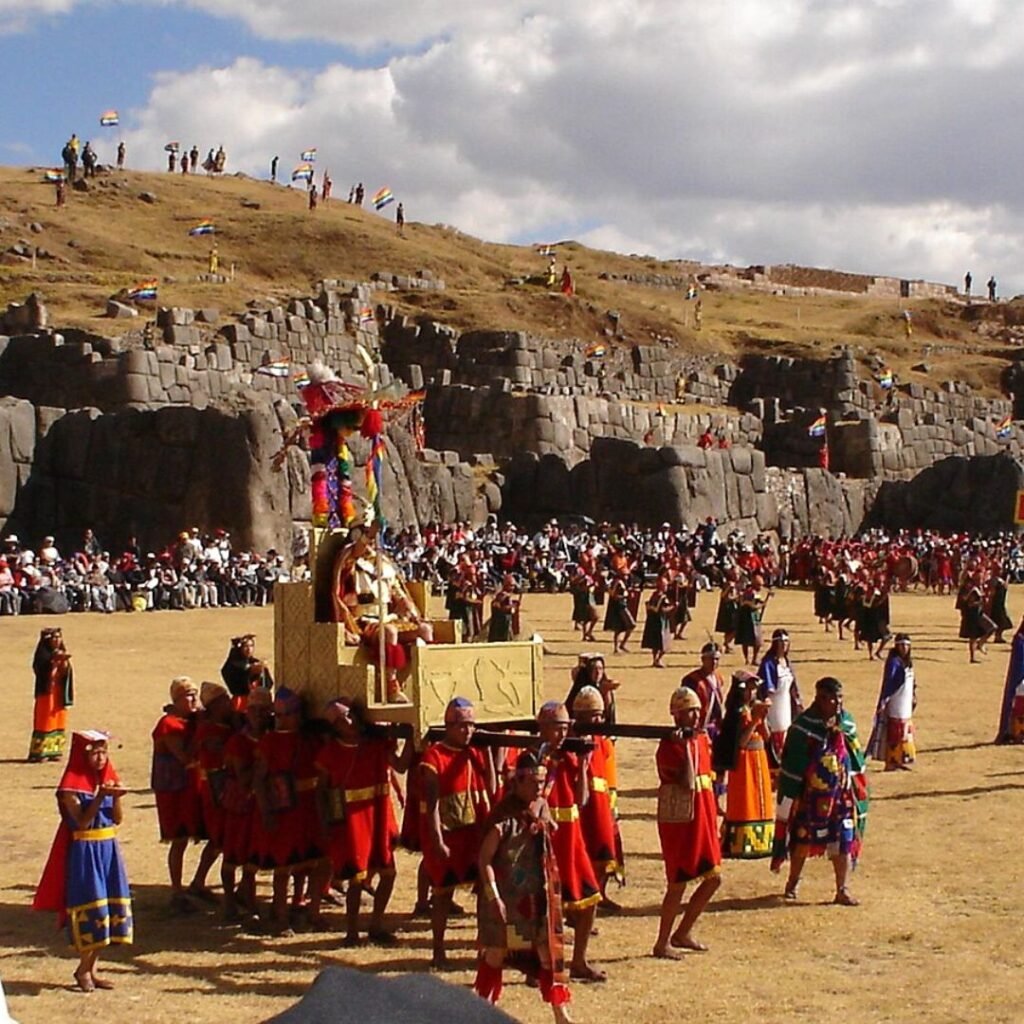
When: June 24th
Where: Cusco, Peru
Inti Raymi is a recreation of the ancient Incan celebration of the Sun God, Inti, held during the winter solstice. Originally banned by Spanish colonizers, the festival was revived and now draws thousands of spectators to Cusco.
The highlight is the ceremonial reenactment at the fortress of Sacsayhuaman, complete with actors in authentic Inca costume performing rituals and sacrifices (symbolic now). It’s a rare glimpse into pre-Colombian heritage and Andean mythology.
Travel Tip: For a complete Inca experience, combine the event with a visit to Machu Picchu.
6. Up Helly Aa – Viking Fire Festival (Scotland)
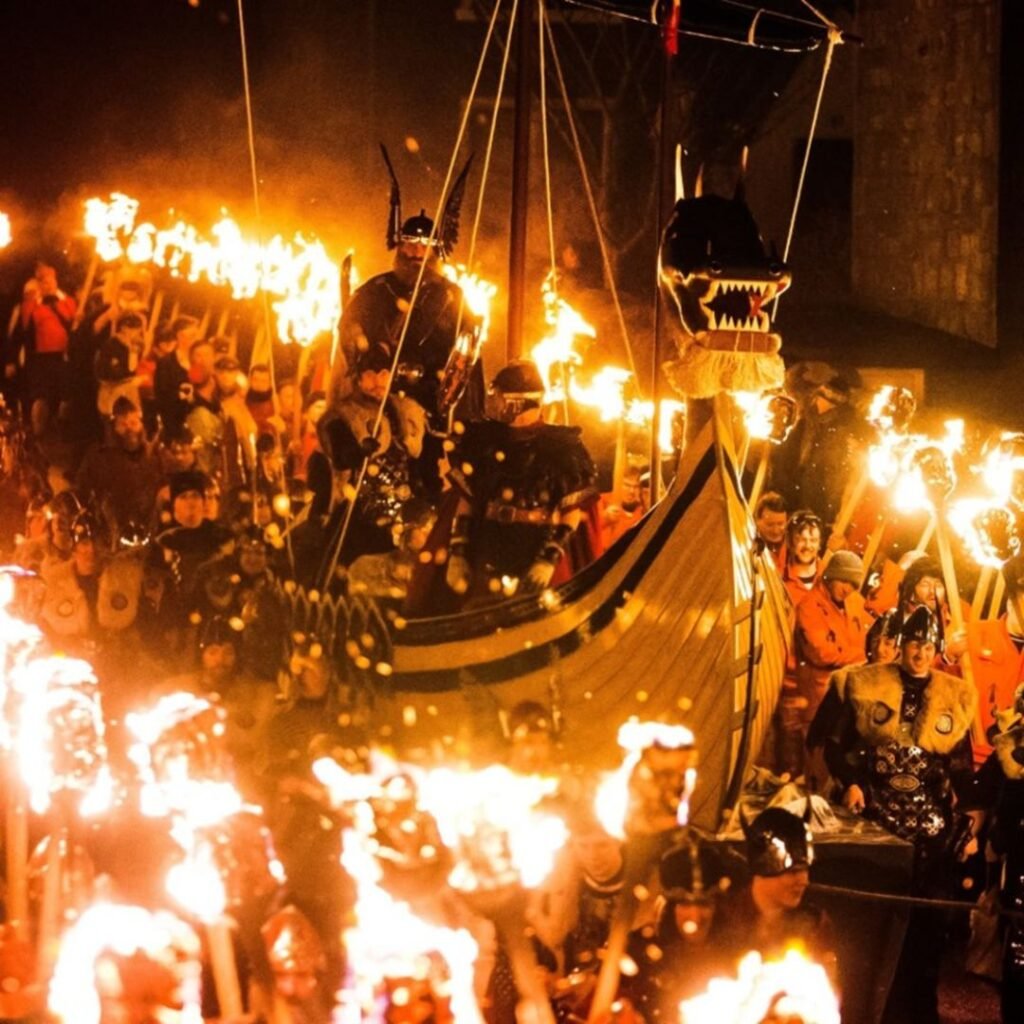
When: Last Tuesday of January
Where: Lerwick, Shetland Islands, Scotland
This flaming celebration honors Shetland’s Norse heritage with a magnificent Viking spectacle show. Hundreds of people dressed as Vikings march in a torchlight parade that ends in the burning of a full-scale Viking longship.
All night long, there is dancing, singing, and storytelling. It began as a means for Shetlanders to identify themselves in the late 1800s, even though it appears to be a historical setting.
Travel Tip: Purchase tickets for the after-parties in advance and be ready for chilly temperatures!
7. Thaipusam: Repentance and Commitment (Sri Lanka, Singapore, Malaysia)
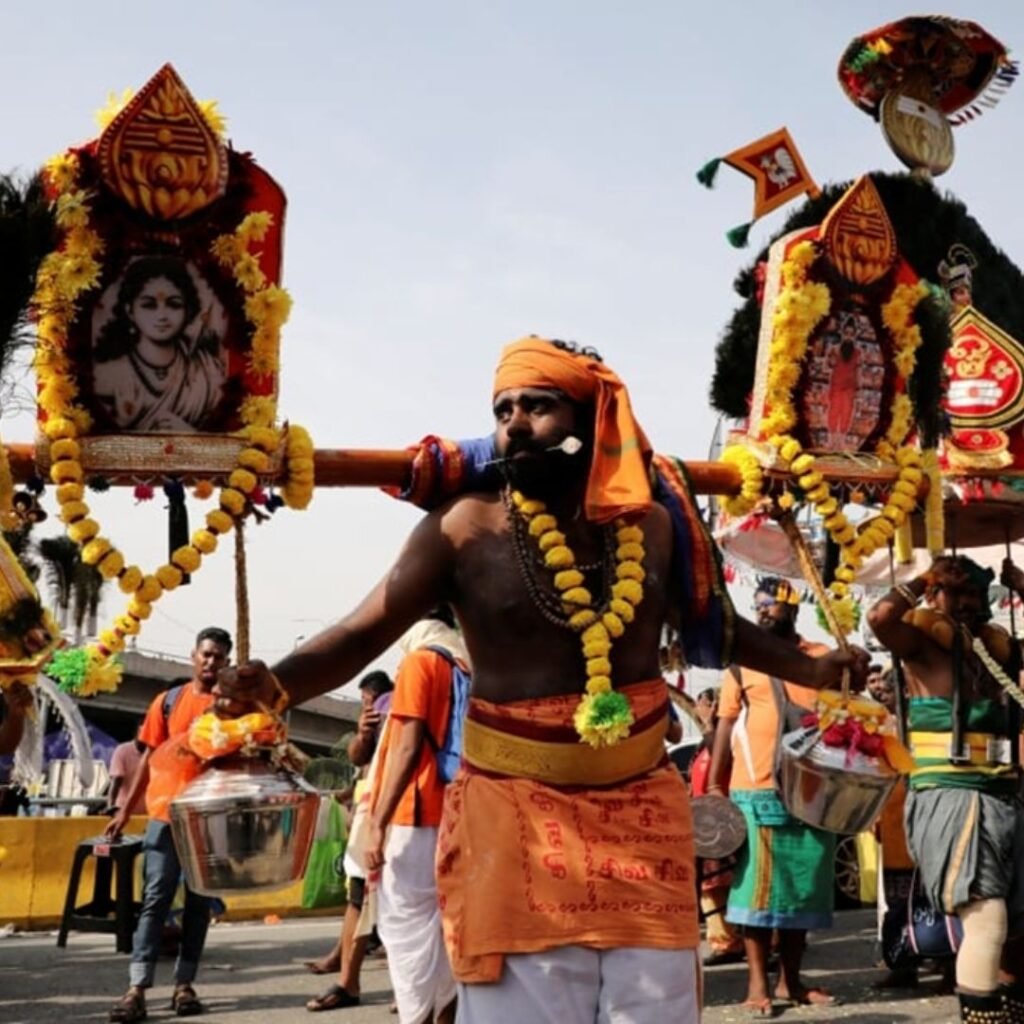
When: January or February (full moon in Tamil month of Thai)
Where: Little India (Singapore), Jaffna (Sri Lanka), and Batu Caves (Malaysia)
Tamil populations mostly celebrate Thaipusam, an important Hindu festival of devotion. In repentance and thanksgiving, devotees pay homage to Lord Murugan by piercing their bodies with hooks and skewers while in a trance-like state or carrying kavadis, which are adorned structures.
Faith, determination, and spiritual awareness are put to the test during the journey to Batu Caves, which involves a grueling 272-step hike. A dreamlike environment is produced by the visual impact of chanting, incense, and followers clothed in vibrant colors.
Travel Tip: Be mindful and wear modest clothing. Photography is allowed but should be discreet.
These cultural festivals provide more than just entertainment; they encourage the understanding of various worldviews, perspectives, and connections.
So, pack your bags, grab your camera, and step into a world where culture dances to the rhythm of celebration.

